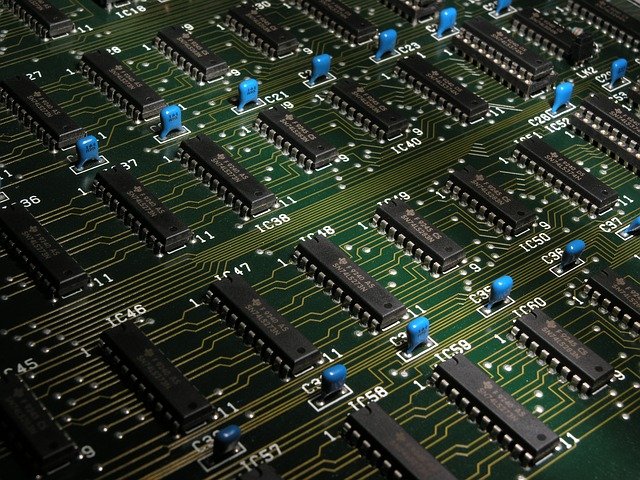NASA’s MOXIE experiment on Mars has produced about 100 minutes’ worth of breathable oxygen, raising hopes for future crewed missions
The MOXIE experiment landed on Mars on NASA’s Perseverance rover (artists’s impression)
NASA/JPL-Caltech
NASA’s small experiment to produce oxygen on Mars managed to generate about 100 minutes’ worth of breathable oxygen in 2021. Now it is set to be scaled up to support future human exploration.
The Mars Oxygen In-Situ Resource Utilization Experiment (MOXIE) is a small oxygen-generating device that landed on the Red Planet atop the Perseverance rover in February 2021.
Over the course of seven hour-long production runs during that year, MOXIE was able to reliably produce roughly 15 minutes of oxygen per hour in a variety of harsh planetary conditions. That added up to a total of 50 grams of oxygen in total – about 100 minutes’ worth of breathable oxygen for a single astronaut.
Advertisement
“At the highest level, this is just a brilliant success,” says Michael Hecht at the Massachusetts Institute of Technology Haystack Observatory, who co-leads the MOXIE experiment.
Read more: Mars astronauts would get unsafe radiation doses even with shielding
In day or night, at different extreme temperatures and in the wake of a dust storm, Hecht says that MOXIE continued producing high-purity oxygen.
The NASA team is now looking to create a bigger version of the device, which would produce not only enough life support for a crewed Mars mission, but also enough oxygen to propel a return rocket to Earth.
MOXIE requires pumps and compressors to suck in carbon dioxide from the Martian atmosphere as well as heaters that can raise the air’s temperature to 800°C (1470°F).
Read more: Perseverance rover measures speed of sound on Mars for the first time
The device then pulls the oxygen atoms from the carbon dioxide to produce oxygen gas, which MOXIE has been measuring, before releasing it.
There will be some challenges in scaling up this technology, though, says Gerald Sanders at the NASA Johnson Space Center in Houston, Texas.
These include being able to insulate a larger version of MOXIE to manage its internal temperature and ensuring that the device heats up uniformly to prevent it from breaking.
Sanders also says that an oxygen device that can support a human mission would need to operate continuously for about 400 days, and so far, MOXIE’s runs have only lasted for an hour each.
“That’s a lot of hours to put on the hardware, irrespective of what the technology is,” he says.
Nonetheless, MOXIE’s first year of success has been a big step forward in showing the technology’s potential, says Sanders.
NASA is now testing the hardware needed at a scale that would be relevant to a human mission. The larger version is likely to be about a cubic metre in size, which shouldn’t present a problem for launches.
Sign up to our free Launchpad newsletter for a voyage across the galaxy and beyond, every Friday
More on these topics:

